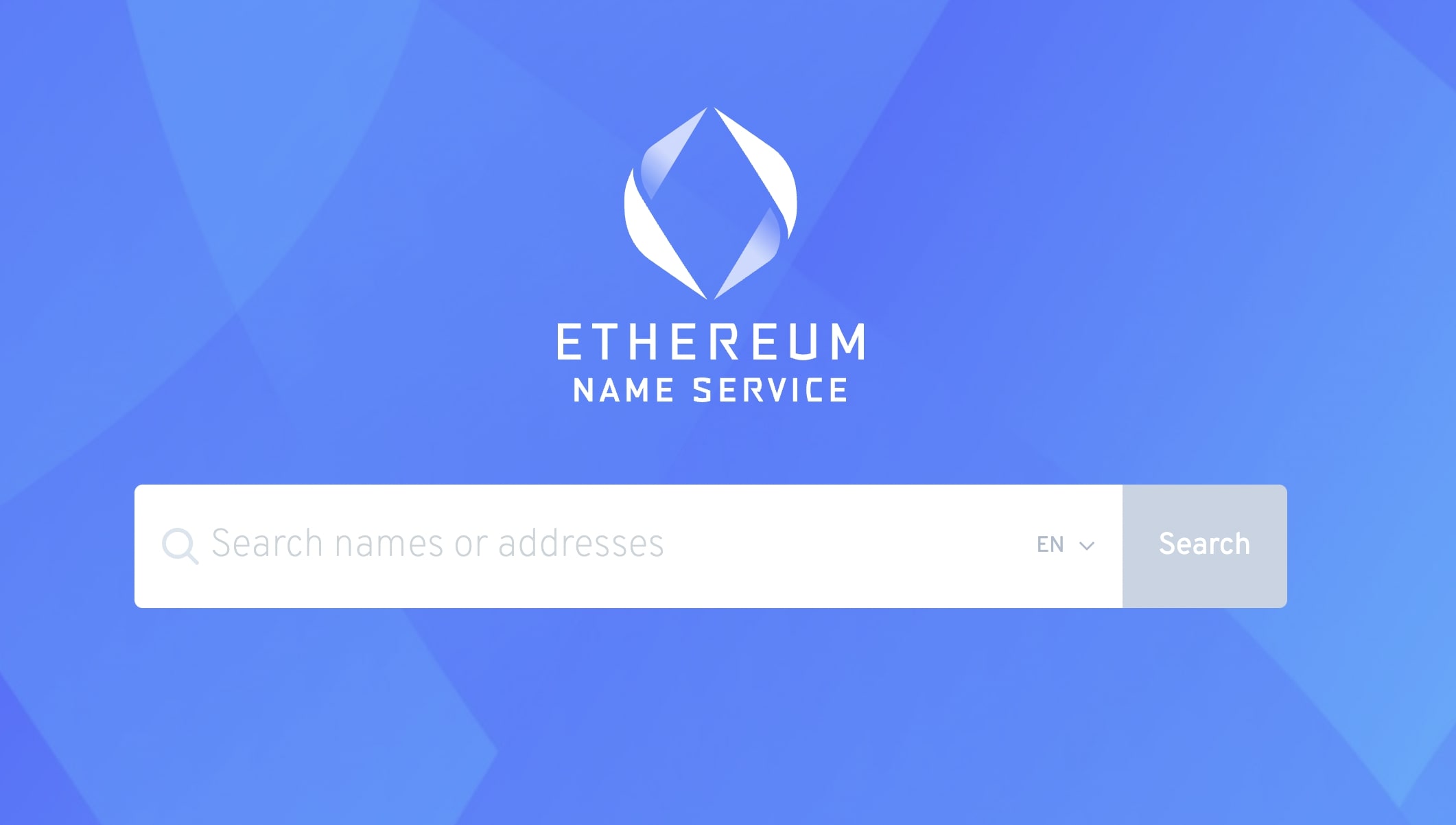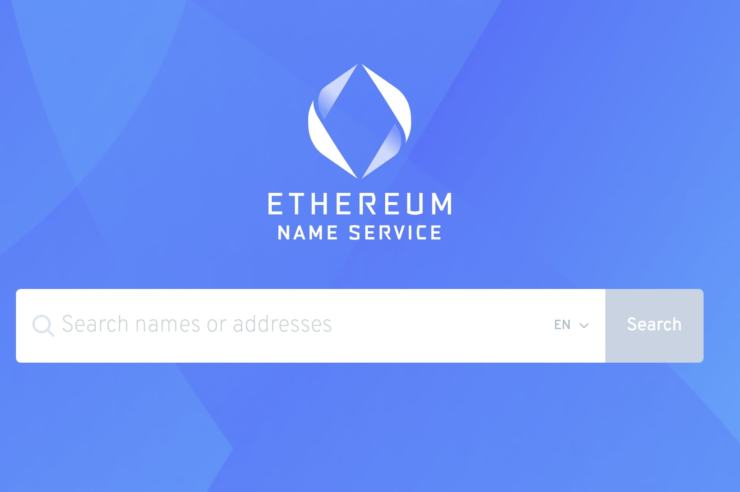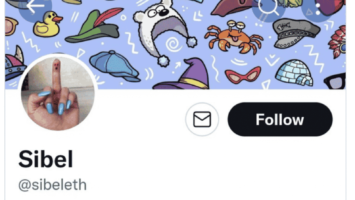Those active in the crypto space would be familiar with the hassles of using long wallet addresses. Basically, every time you want to make a crypto transaction, you have to use your wallet address—a long string of numbers and letters. These long addresses are not only confusing but have also resulted in losses due to errors and scams. This is where The Ethereum Name Service, or ENS, tries to make things a tad bit simpler.

What is ENS and how does it work?
The Ethereum Name Service is a “distributed, open, and extensible naming system based on the Ethereum blockchain”. Put simply, it allows users to create a simple and easy-to-remember name for all their wallet addresses and decentralized websites.
To illustrate, instead of a confusing address like “0xAB25FF3F5A8S18699855668A2ADA096545FBA2D695E”, you can simply use “Jane.eth”. Jane.eth will be your ENS domain where you can get all your tokens and NFTs. You can buy and manage your own ENS domains, making blockchain transactions much easier.
ENS works similar to the Internet’s Domain Name Service (DNS). A DNS transforms IP addresses—a string of numbers—into human-friendly domain names called a URL. Similarly, the Ethereum Name Service converts machine-readable addresses to human-readable addresses.
To understand how ENS works, you have to first understand what it is made of. Essentially, ENS includes two Ethereum smart contracts. The first, called registry, records all the domain names. Each domain name consists of the owner’s details, the “caching time-to-live” of all the domain records, and the link to the resolver.
Now, a resolver is the second smart contract responsible for translating names into addresses and vice versa. Essentially, the resolver matches each domain to its user, address, IPFS content hash, or website. As the ENS domain name uses ERC-721 standard, you can sell the domain to others, just as with NFTs.

What can you do with an ENS domain?
As previously mentioned, ENS helps users to change their long, illegible wallet addresses into easy-to-remember names. Think of this as saving someone’s number on your phone using their name. You don’t have to dial the number each time to call the person—you simply have to search for their name. In the same way, ENS makes blockchain transactions much simpler, with a lower chance of making errors.
Once you get your domain, you can link it to your public wallets, websites, smart contracts, or transactions. As an ENS domain owner, you can also create sub domains to link to other data. For example, email.jane.eth or website.jane.eth.
How to get an ENS domain
To create your own ENS domain, you will first need a crypto wallet and some ETH. Then, search for a suitable domain on the ENS app. Once you find a name of your liking, simply follow the prompts to complete the purchase. You will also have to pay a yearly fee of $5 per year for names with more than five characters.
However, due to their scarcity, crypto enthusiasts are hurriedly buying ENS domains. It is also not uncommon for people to flip their domains for hefty sums. For instance, exchange.eth fetched a whopping $609,000! So, if you are looking to get your own ENS domain, you might want to hurry.
Are you tired of missing important NFT drops?
Just check out our NFT Calendar!
Receive the biggest NFT news of the day & recommendations in our Daily newsletter.
All investment/financial opinions expressed by NFTevening.com are not recommendations.
This article is educational material.
As always, make your own research prior to making any kind of investment.






















Comments (No)